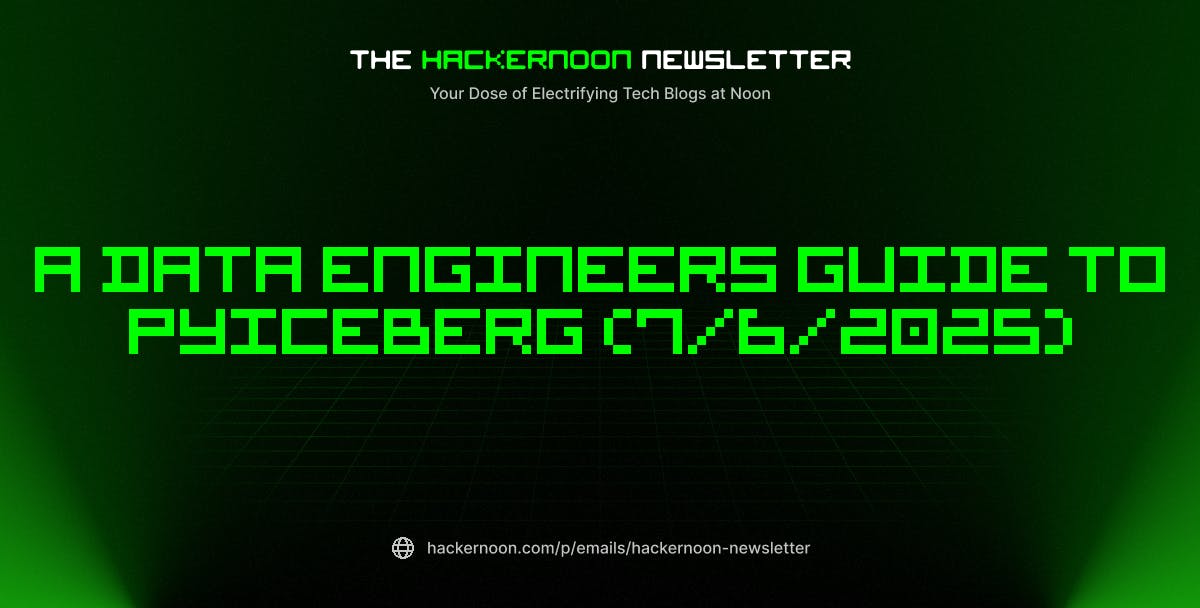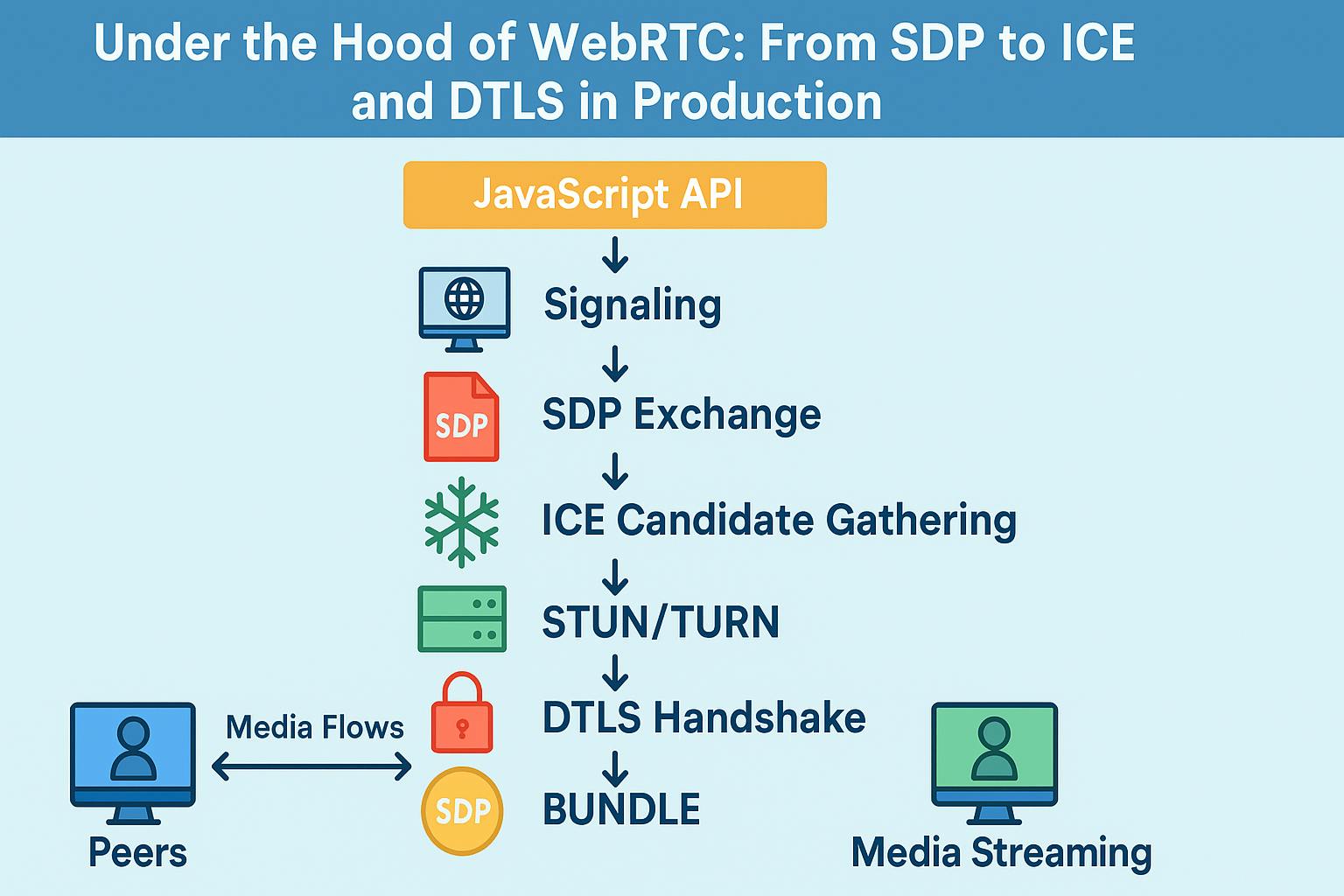What happens when the foundational architecture of Ethereum’s virtual machine gets reconsidered? Recently, Vitalik Buterin suggested moving Ethereum’s execution environment toward RISC-V, an open standard instruction set architecture. But what would this mean for the broader blockchain ecosystem, and why has Cartesi, a blockchain infrastructure project, been advocating for this shift since 2018?
Cartesi co-founders Felipe Argento and Erick de Moura have long supported the adoption of RISC-V, not as a speculative bet but as a calculated decision rooted in the evolution of mainstream software development.
The Rationale Behind Cartesi’s RISC-V Integration Since 2018
Erick de Moura, Co-Founder of Cartesi, explains:
“It’s all about not reinventing the wheel and standing on the shoulders of giants. When we started Cartesi in 2018, we asked ourselves how blockchain could break into mainstream development. The answer was clear—we had to embrace decades of software innovation, not ignore it.”
Cartesi saw limitations in the Ethereum Virtual Machine (EVM), a domain specific virtual machine requiring developers to solve problems that have already been addressed in traditional computing environments.
“The EVM forces developers to reinvent the wheel for basic operations,” de Moura said.
“That’s a profound setback in expressive power for web3 developers.”
RISC-V allows Cartesi to run Linux inside smart contracts. This unlocks access to mature software libraries, enhances security, and connects decentralized apps (dApps) to the broader technology ecosystem. “RISC-V is open, extensible, and free from the legacy constraints of older ISAs. That’s why we chose it,” de Moura noted.
Understanding RISC-V: A Technical Primer
RISC-V (Reduced Instruction Set Computing – Five) is an open standard Instruction Set Architecture (ISA) based on established Reduced Instruction Set principles. Unlike proprietary ISAs such as x86 (Intel/AMD) or ARM, RISC-V is freely available for anyone to use, modify, and implement. This open model has led to rapid adoption across academia, research, and industry.
At its core, RISC-V is designed around a small, modular base instruction set with optional standard extensions for additional capabilities, including integer multiplication/division, atomic operations, floating point arithmetic, and more. This modularity makes RISC-V highly adaptable, allowing implementers to optimize processors for specific workloads—ranging from low-power embedded systems to high-performance computing.
In the blockchain context, this modular and open nature translates into several advantages:
- Determinism: Blockchain environments require deterministic execution. RISC-V’s clean and minimalistic design simplifies verification and deterministic computation.
- Formal Verification: RISC-V has robust support for formal methods, allowing developers to mathematically prove the correctness of critical code paths, a vital aspect in trustless systems like blockchains.
- Tooling Ecosystem: With extensive support from GCC, LLVM, and QEMU, RISC-V developers can leverage powerful, existing tools for compiling, simulating, and debugging applications.
Furthermore, RISC-V’s compatibility with running a full Linux operating system enables smart contracts and decentralized applications to utilize system level resources traditionally unavailable in constrained blockchain environments. This opens the door to integrating advanced technologies such as AI inference, high-resolution data analysis, and cryptographic proofs directly within blockchain infrastructure.
Could RISC-V Become the Blockchain Industry’s Common Ground?
Virtual machines have served as the computational backbone of blockchain. Until now, each network: Ethereum, Solana, Polkadot has developed its own virtual machine. This fragmentation increases developer friction and limits cross-chain interoperability.
de Moura draws parallels with the internet’s development:
“In the evolution of digital infrastructure, the Narrow Waist Law shows that one minimal, widely adopted standard drives growth. For the internet, it was IP. For blockchain, it could be RISC-V.”
He suggests that RISC-V, by virtue of its open nature and existing tooling, could become the unifying architecture for blockchain computation. “As more blockchains converge on RISC-V, the benefits will compound. Competing architectures will struggle to justify themselves against an open standard with decades of support.”
Lessons Cartesi Has Learned That Could Help Ethereum
Through their work with RISC-V, Cartesi has gathered insights applicable to Ethereum and others considering the shift.
- Mature Ecosystem: “You don’t need to start from scratch,” de Moura said. “RISC-V lets you leverage compilers, debuggers, and even Linux itself.”
- Customization with Compatibility: “You can add blockchain specific features while staying compliant with the standard.”
- Deterministic OS Execution: “We’ve shown that Linux can run deterministically in a blockchain environment. This enables complex apps like AI or simulations to run on-chain.”
He emphasized, “RISC-V isn’t just a better technical choice. It’s strategic. It brings blockchain development closer to traditional computing, accelerating innovation.”
My Opinion and Final Thoughts
Vitalik Buterin’s endorsement of RISC-V highlights a critical turning point for Ethereum and blockchain architecture at large. While still a proposal, this shift reflects a broader industry realization: the future of decentralized applications depends on bridging the gap between web3 and traditional software development. Cartesi’s early move to RISC-V demonstrates foresight and offers a tested model for others to follow.
The technical advantages of RISC-V—modularity, determinism, and extensive tooling—present a compelling case for industry wide adoption. If Ethereum moves in this direction, it could standardize blockchain infrastructure much like TCP/IP did for the internet, creating a common foundation for innovation.
The question now is not whether RISC-V will influence blockchain, but how fast the ecosystem can adapt and whether competing VMs can survive in an environment pushing for standardization.
Let me know if you’d like further expansion or refinement of any section.
Don’t forget to like and share the story!
Vested Interest Disclosure: This author is an independent contributor publishing via our












